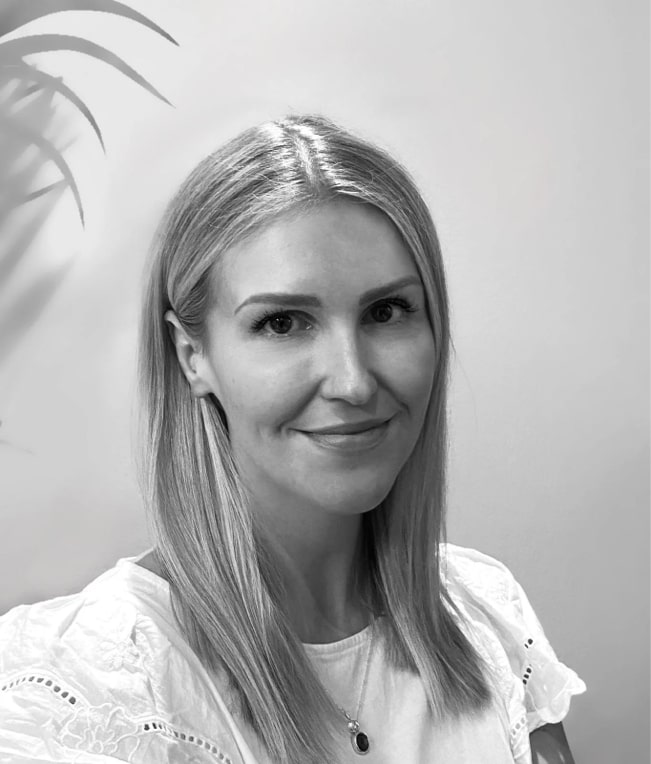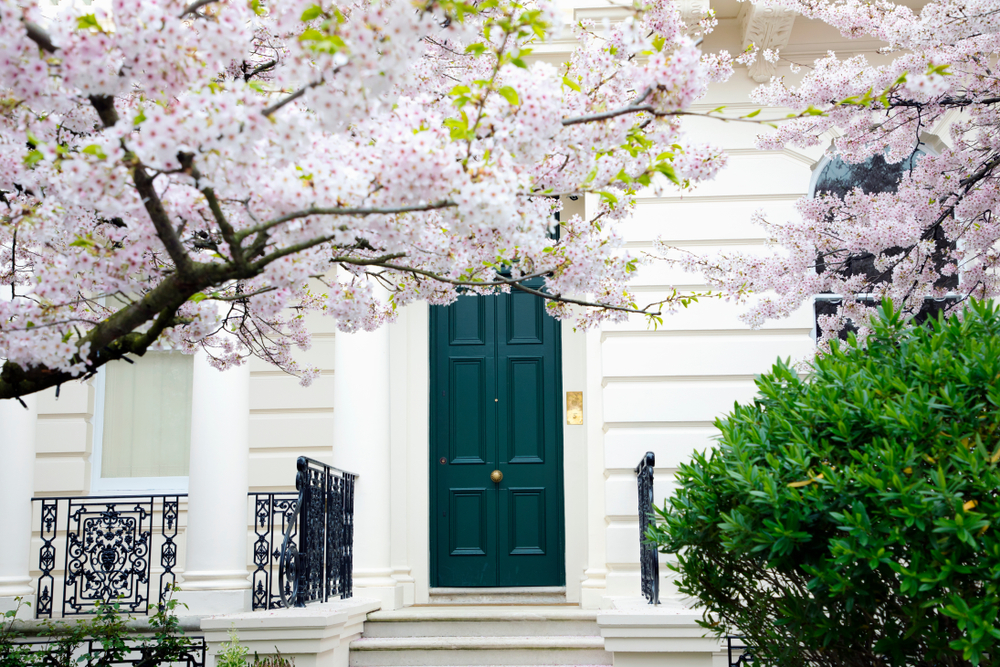It’s been nearly 30 years since the Fourth World Conference on Women in Beijing developed a roadmap to achieve gender equality. After two weeks of political conferences in September 1995, 189 countries developed the Beijing Platform for Action with 12 critical areas to address this issue. The platform set out to realise the human rights of women and girls, aspiring to a world where every female could exercise her freedoms, live free from violence, attend school, participate in decisions, and earn equal pay. Since then, great strides have been made. Over 130 countries have put in place reforms and new laws to support gender equality, the percentage of women in parliament has nearly doubled, there are more girls in school than ever before, and child marriage rates have significantly decreased.
With various global celebrations such as International Women’s Day, Women Rock Day, Mother’s Day, Grandmother’s Day, International Day of Women and Girls in Science, Women in Construction Week, and Women’s Role in History Month to name just a few, it’s clear that women are more revered than ever for their contributions.
However, over a quarter of a century later, no country is even close to fully delivering on the commitments of the Beijing Platform for Action. There are still massive inequalities across health, sport, and business; for example, only 15% of CEOs of Fortune 500 companies are women. Women in the UK work for free for nearly two months of the year according to a recent gender pay gap study, with women paid 14.3% less than men on average.
And when it comes to income protection, that gap is even bigger. 65% of men are likely to take income protection, versus just 35% of women. So why is this? More women are working, more are breadwinners, and more are launching their own businesses, so protecting their income is important. However, there’s still a traditional mindset that men are perceived to be the main breadwinners and that women’s income is somehow regarded as less important, often because women still earn less than men on average.
There’s also a huge lack of confidence from women when it comes to finances. According to Fearless Woman: Financial Literacy and Stock Market Participation, an academic paper published to coincide with International Women’s Day, about one-third of the financial literacy gender gap can be explained by women’s lower confidence levels. This is in part due to an ongoing lack of education and conversation with women around their finances.
Get in the Know
Subscribe to our newsletter
Why women need to protect their income just as much as men.
Income protection empowers women to maintain financial independence. It can help women take calculated risks to pursue their career goals without the fear of financial setbacks, such as starting their own businesses or pursuing advanced degrees, knowing that their financial security is safeguarded.
Women are typically the primary caregivers for children or elderly family members. Income protection provides a financial cushion to ensure the well-being of dependents, even in the absence of a regular income. Many people still fail to perceive it as work, but according to a study by Salary.com, the value of a stay-at-home Mum is estimated at $184,820 per year. Hardly surprising when you consider the various duties performed, including childcare, household management, cooking, cleaning, administrative tasks and more. Women should not underestimate therefore, the value of their contribution in performing this vital work.
Women’s health can bring unique challenges, with considerations such as maternity leave, birthing challenges, and reproductive health issues. Additionally, women spend 25% more of their lives in debilitating health than men. Income protection can ensure that women have the financial means to address these specific health challenges without risking their financial stability.
It’s a known fact that women live longer than men. Longevity and the potential for an extended period of retirement require robust financial planning. Income protection can ensure that women have a comfortable and secure retirement, without the fear of outliving their savings.
Even if you aren’t the main earner, you still need to consider what would happen to your family if you went from two salaries to one. In the event of your death, sickness, or other unforeseen circumstances, protecting your income provides a cushion for your family to navigate a very difficult time.
Whilst no one likes to think of it, according to the Child Bereavement Network, a parent dies every 22 minutes leaving a dependent child behind. Having a protection policy in place is one way to safeguard the future of your children and help provide a small sliver of comfort in an unthinkable situation.
What type of protection products should women consider?
Our income is one of our most valuable assets, yet it often gets overlooked. Income Protection will replace income in the event the individual is unable to work through sickness, disability, or accident. This type of policy generally pays a percentage of the income earned in the 12 months prior to claiming and will ensure you can continue to meet your financial commitments. The diagnosis does not need to be critical, and it can be claimed upon as long as the premiums continue to be met.
Critical Illness Protection will pay a lump in the event of the diagnosis of a critical illness. The lump sum can be used to pay down mortgage debts, for provision of medical care or even modifications to a home. It ensures that savings and assets are not relied upon at a difficult time.
Family Income Benefit is designed to pay a monthly income to loved ones in the event of death or terminal illness. It provides comfort that an income source will continue to be available for loved ones, so that financial commitments and lifestyle remain uninterrupted.
A Life Insurance Policy will pay a lump sum in the event of death. The most common reasons for life insurance include protecting against your mortgage, providing security, care and support for your family, or to replace lost income.
Where should women seek advice?
If you’re not confident about financial decisions, or not sure which products you need, then seeking the advice of a professional financial adviser is the best option. Women are still less likely to have had an interaction with a financial adviser, with 12% of women seeking advice versus 21% of men. And yet, according to a survey by Fidelity a third of women said that they would feel more comfortable making a decision if they talked to an adviser.
Using a trusted financial adviser can help you to make informed choices about protecting your assets, and help you secure a better long-term future for you and your family.
Unforeseen circumstances can and do happen to both men and women alike, therefore protecting your income is not a gender selective issue, and everyone should be aware of the benefits of having adequate cover.





